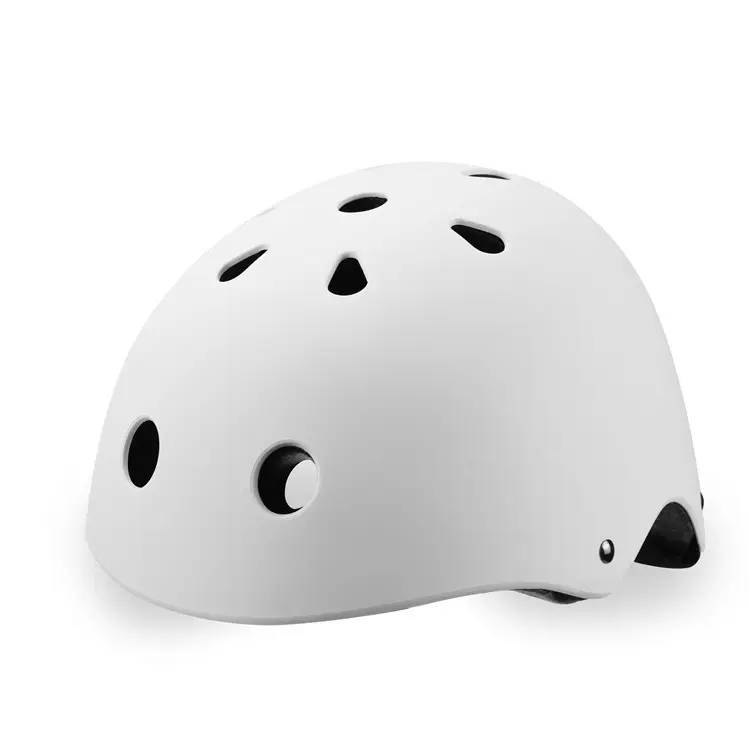Equine Adventures: Ensuring Safety with Riding Helmets
Embarking on equine adventures, whether in the arena, on the trail, or in competitive equestrian sports, is an exhilarating experience. However, it’s essential to prioritize safety, and riding helmets are integral to that mission. Here’s why riding helmets play a pivotal role in ensuring safety during equine adventures:
- Head Injury Protection: Riding helmets are designed to provide protection for the rider’s head. They are constructed with materials that can absorb and distribute the force of an impact, effectively reducing the risk of head injuries.
- Traumatic Brain Injury Prevention: Traumatic brain injuries (TBIs) can have severe and lasting consequences. Riding helmets are engineered to minimize the risk of TBIs, serving as a crucial layer of protection for riders.
- Safety Standards: Reputable riding helmets adhere to established safety standards, such as those set by organizations like the American Society for Testing and Materials (ASTM) and the European Union Safety Standards (CE). These standards ensure that helmets offer a high level of protection.
- Custom Fit: Properly fitting riding helmets are essential for safety. They should be snug and secure, with adjustable harnesses to ensure comfort and security. A well-fitted helmet minimizes the risk of helmet dislodgment during a fall.
- Safety Culture: Riding helmets are a core component of the equestrian safety culture. Many equestrian organizations and riding schools have strict helmet-wearing policies. Embracing and promoting this culture is crucial for the well-being of riders.
- Regular Replacement: Riding helmets should be replaced on a regular basis, especially if they have been involved in an impact or have seen extensive use. Over time, a helmet’s protective qualities may diminish, even if there are no visible signs of damage.
- Style and Comfort: Riding helmets come in various styles, from traditional designs to modern and fashionable options. Selecting a helmet that aligns with your personal preferences ensures that you will be more likely to wear it consistently.
- Ventilation Systems: Many modern riding helmets feature ventilation systems to regulate temperature and wick away moisture. Maintaining a comfortable head temperature is essential for rider focus and overall enjoyment.
- Impact Sensors: Some advanced riding helmets are equipped with impact sensors that measure and transmit data on the magnitude and location of impacts. This data is invaluable for monitoring rider safety and assessing potential injuries.
- Ongoing Research and Development: Riding helmet manufacturers consistently invest in research and development to enhance helmet technology. Innovations like MIPS (Multi-directional Impact Protection System) technology focus on reducing rotational forces on the brain during specific impacts.
In summary, equine adventures are enriched when rider safety is a top priority, and riding helmets are central to that commitment. These helmets serve as the primary line of defense against head injuries, enabling riders to savor their equestrian experiences with confidence and peace of mind. By embracing a culture of safety and choosing the right helmet, riders ensure that their equine adventures are memorable for all the right reasons.


